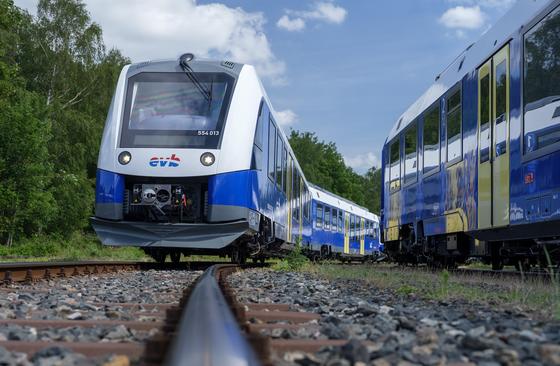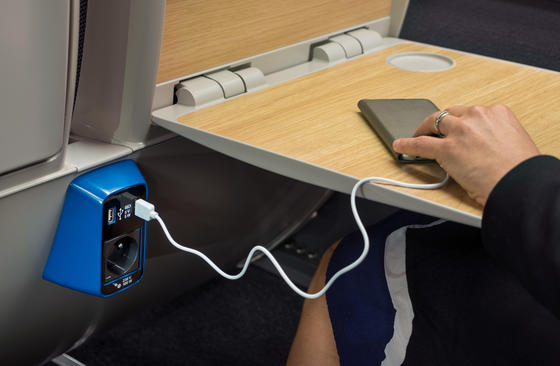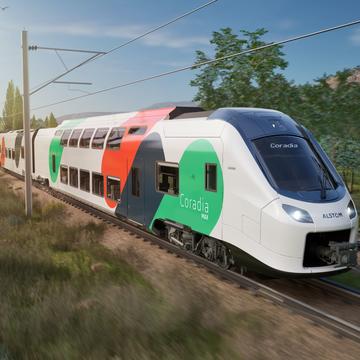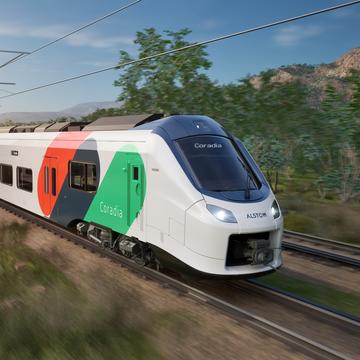
Capacity and accessibility – the winning combination of Alstom’s Coradia Max high-capacity train
Capacity and accessibility – the winning combination of Alstom’s Coradia Max high-capacity train

Coradia Max™ is Alstom’s double-deck solution to boost capacity on busy lines. Benoit Gachet, Product Director for Coradia Max, explains why this regional train is proving to be a hit with customers.

Benoit Gachet lives in Switzerland, works all over Europe and started his career in Sweden. When not at work he likes to get outdoors, going hiking or tending to his fruit trees. The best part of being outside in nature, he says, is sharing the experience with friends and family.
Connect with Benoit on LinkedIn!
What are the market growth opportunities within the regional mobility segment?
The market is very much focused on serving big cities and this is where the opportunities for growth lie. The busiest line in Europe in terms of passengers per day is the RER A line in Paris, which switched from single-deck trains to double-deck trains. The Spanish national operator, RENFE, recently made a big step to switch from single-deck to double-deck trains for the busiest lines around Madrid and Barcelona. Another example, Stuttgart made an enormous investment to improve its service into the city, with new infrastructure and stations. They opted immediately for a double-deck train to give good capacity. Another way to improve capacity is adding new tracks, but the cost is usually very much greater than buying higher capacity trains.
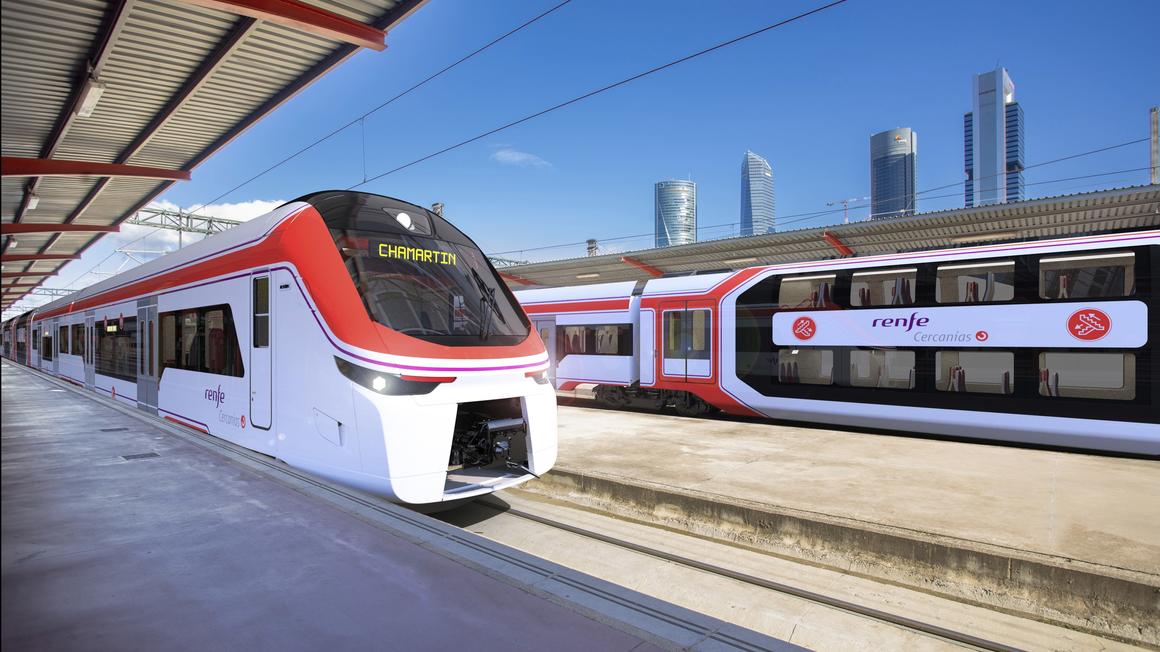
How has the world of regional trains developed over the decades?
Focusing on double-deck regional trains, this market has existed since the post-war years. It came about because trains were overcrowded and operators were looking for more capacity. A double-deck train offers an average of 30% more capacity than a single-deck train. The market for high-capacity trains follows the global trend of urbanisation – there are more and more people living in city suburbs and therefore the need for high-capacity trains is in Paris or Berlin, or any city with a population of a million people or more.
The first double-deck train was pulled by a locomotive, with lots of coaches, over quite long distances. Nowadays they are not only regional/intercity trains but also commuter trains, operating over shorter distances, but still running on the same lines.
The old trains were not very comfortable: because of the doors above the bogies, there were quite a few steps needed to get onboard. The market has evolved towards more comfort, more facilities and better accessibility.
What makes Coradia Max stand out in the market?
Back in 2010, Alstom started to look at the future of double-deck trains and see what we could do to improve our offer to the market. Speaking to associations of people with disabilities, we learnt that accessibility was an issue. Coradia Max is the result of those reflections. For instance, we now have our single-deck car in the middle of the train, rather than at the end. This means that wheelchair users, families with baby strollers, or passengers with a lot of luggage can position themselves in the middle of the platform, allowing them to board easily and quickly without any steps. Often, trains have the single-deck car at the end, which is an inconvenience for passengers with reduced mobility if they pick the wrong end of the platform, with a knock-on effect on train dwell times.
Also, we wanted to improve the energy efficiency of our traction systems, making the system slightly heavier, but better overall. The first Coradia Max was ordered in 2018, and we couldn’t know then how important this aspect would become, following the Ukraine war and its impact on energy costs.
Another point is the flexibility we have with Coradia Max. Different customers want tailor-made versions, for example Coradia Max for Renfe in Spain or the Omneo™ double-deck regional train specifically tailored for France, hence our concept is modular and flexible enough to meet specific customer needs.
What has been the most rewarding part of having a double-deck regional train in the Alstom portfolio?
To me, to see how successful the Coradia Max double-deck train has become. Sometimes a concept is not successful, usually because the market changes. What is really rewarding with Coradia Max is that our predictions of what we thought would be important have proven to be correct. We had really a good view of the market and made some good choices by listening well, and we have now sold over 500 Coradia Max in Europe in the last 6 years.
What are the plans for Coradia Max in the near future?
It’s nice to have a successful product, but it’s more important to continuously improve it. We have made improvements in the areas of predictive maintenance and IT service, and we are working on passenger information solutions so customers can more easily update their systems after a few years, without having to redo the train certification, for example.
We also want to continue to improve capacity with technical solutions, for example, to reduce dwell times at stations. As dwell time has an impact on the number of trains that can run every hour on a line, we have to have a systemic view on what the best solutions are for the specific customer. Another way to improve capacity in a high-volume regional network is by further digitalisation of the trains. For example, optimizing speed and braking control with digital signalling systems, shorter intervals and faster speeds become possible, resulting in reliable, efficient, and comfortable trips for passengers with significantly less waiting times. Coradia Max trains for service around Stuttgart will be capable of automated operation (GOA2) to allow intervals between trains to be reduced.
